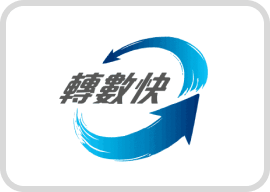何謂惜食?
「最佳食用日期」 ≠「此日期前食用」
惜食意指一些已過期/將會過期的產品:但係「最佳食用日期」 ≠「此日期前食用」!
這是大部分香港人對標籤的誤解。
食品的日期標籤主要分為「此日期前食用」(use by )及「最佳食用日期」(Best before)兩種,
若果一律統稱為「過期」,並不完全恰當。
「此日期前食用」「use by」作用為標示食物安全,通常適用於較易腐壞的食物,例如鮮肉、牛奶、雞蛋等;
「最佳食用日期」(Best before) 則為最佳品質提供參考,過了「Best before」,
並不等於不能進食,只代表食物未必能夠保持最佳品質。
而根據香港法例,已過「最佳食用日期」的食品,依然可以售賣,並不違法。
每年浪費1.5億件「過期」食品
2014,香港地球之友年曾進行問卷調查,發現只有四成受訪者了解「最佳食用日期」的意思,兩成人以為食物過了「best before」後需馬上丟棄。此類受訪者平均每月棄置1.8件「過期」食物,按此推算,即每年有多達1.56億件食物被送往堆填區,而它們本來仍可安全食用!
「喜居生活惜食區」
為了讓公眾不再誤解「best before」,關注食物議題的我們,於網站設立「惜食區」,把剛剛(或快將)過了「Best before」的食品,以折扣價出售。
此外,包裝上略帶瑕疵(例如凹角或輕微破損)的食品,一般無法在超市上架,同樣會在我們的「惜食區」出現。
這既能為消費者帶來提醒:大部份「過期」食品還可食用,不該浪費;同時讓基層能以低價買到天然有機、公平貿易的優質食材。
大家一齊拯救命不該絕的「過期」食品!!




